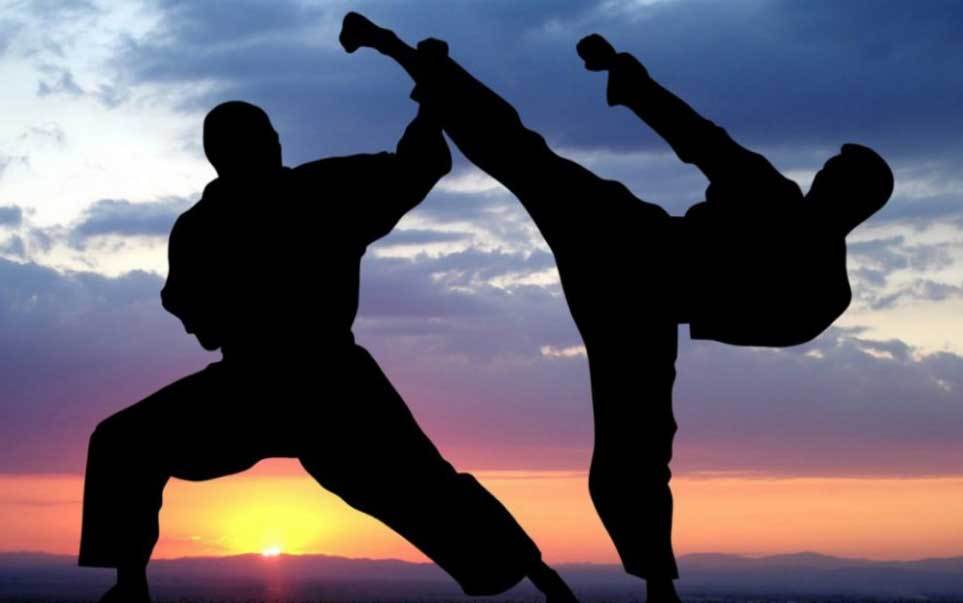This review of Night of the Ninjas, Bruce Lee’s book about the martial arts, will help you make a decision on which book to buy. Learn how the films made by the legendary martial artist have influenced modern-day arts including aikido, taekwondo, and many others. Learn more about the philosophy that underlies these techniques in martial arts. The wealth of information found in books written by great masters will amaze you.
Review of Bruce Lee’s Night of the Ninjas
Night of the Ninjas, a movie based on Bruce Lee’s ninja training methods, is a decent movie with a lot of potential. The movie is a film about ninjas. However, most fight scenes are very straightforward. The film does try to establish the ninjas as fierce and brazilian jiu jitsu melbourne, but it fails miserably. This review will focus on the martial arts sequences as well as the action.
There are some awkward bits in the plot that don’t really relate to the ninjas but there are still some great scenes in the movie that are entertaining to watch. Despite its ambiguous plot, the film’s fight scenes make the movie enjoyable. The movie features Lee’s trademark war cry, nunchaku, and high-powered kicks. Night of the Ninjas is full of brutal fight scenes. There is even some humor. Jackie Chan and others have been influenced by Night of the Ninjas.
Bruce Lee’s influence over modern martial arts
Bruce Lee was an important figure in the early development of mixed martial arts and is now considered one of the greatest martial artists of all time. Lee is also believed to be the first true mixed-martial artist, a concept that he developed and embraced long before the sport was even invented. During his life, Lee experimented with various martial arts and was a pioneer in the field. Here are three of the ways he influenced modern martial arts:
Bruce Lee started studying Wing Chun, a style in Chinese Gung Fu, early in his career. He also studied and influenced many styles of MA, such as Western Boxing and Fencing as well as Judo, Jiu Jitsu, and Judo. He spent considerable time researching various styles and exchanging ideas with practitioners of other arts. This exposure gave Lee all the information he needed to create his own style.
Bruce Lee’s influence over taekwondo
Bruce Lee had many positive influences on Taekwondo. First, he stressed the importance of “the Style of No Style.” He criticized Jun Fan Gung Fu’s traditional style for being too strict and restrictive. Lee later evolved his system to Jeet Kune Do, which implies certain parameters and emphasizes the importance of not limiting the martial arts. This philosophy lasted for many decades, influencing martial arts and other styles all over the world.
Bruce Lee studied Wing Chun when he was young and was involved with many street fights. His father encouraged him into martial arts and taught Wu-style t’ai chi, ch’uan to him. By the time he was 16, he had competed in street fights with opposing martial art gangs. Because of this, his martial art was largely built around survival and violence in the streets.
Bruce Lee’s influence on aikido
Many consider Aikido’s founder a rebel and innovator. Bruce Lee’s style and his own fighting style are a result of Lee’s influence. Lee incorporated many martial arts styles into his career. These techniques have been the foundation of modern Aikido. Here is an overview of Lee’s influence on aikido.
Aikido evolved from other forms of martial arts like karate. Its roots are rooted in Southeast Asia, which includes Tai Chi and Aikido. Bruce Lee also studied Brazilian Jiujitsu. In the early 1960s, he met Haruo Matsuoka, a former student of Lee. This relationship helped him develop techniques to defend himself and others from an armed attack.
Lee believes in adaptability. Lee famously stated, “Be water,” meaning that you can either trickle like a torrent or crash like one. Jeet kune students are taught that pliability is vital and rigidity is fatal. In fact, Lee wrote most of his thoughts on martial arts while bedridden. His experiences may have influenced Lee’s philosophical views.
